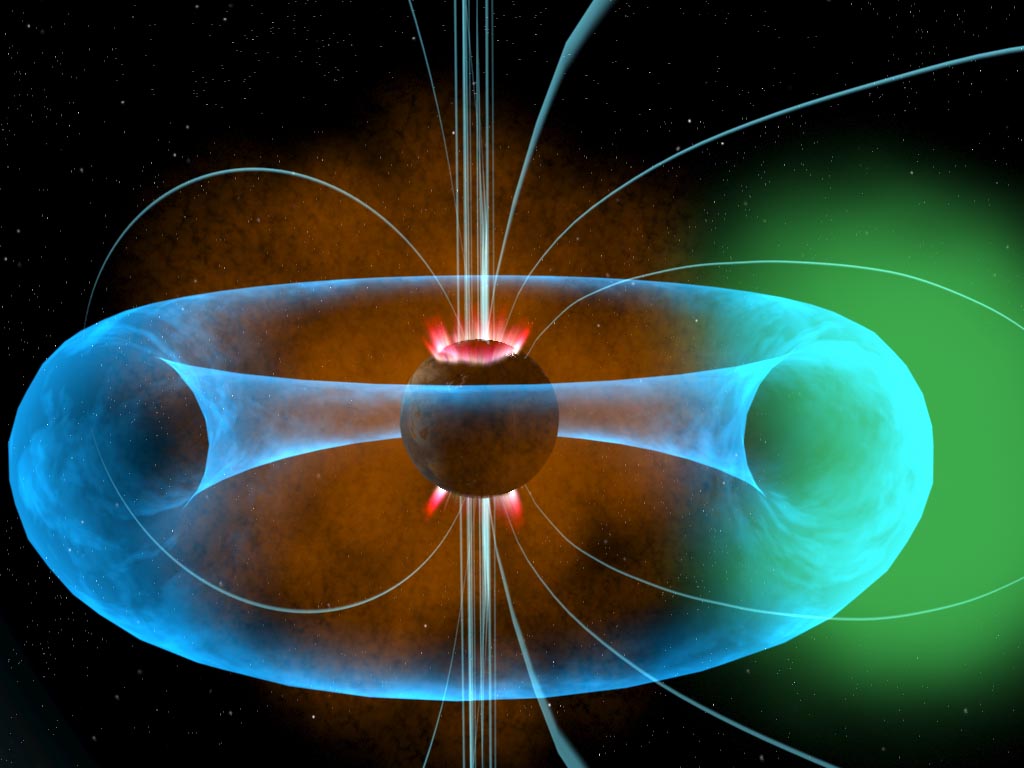Special delivery! See our visiting baby yaks (Dec. 20–Jan. 5) this holiday. Learn more
Science News
Plasmaspheric Wind
July 8, 2013
by Alyssa Keimach

Early last week I wrote an article about how new data from Voyager 1 shed light on the structure of the Sun’s heliosphere and solar wind. Just a few days after that, researchers announced evidence of Earth’s own space wind!
Scientists proposed the existence of a space wind surrounding Earth about 20 years ago, but direct detection has eluded scientists until now.
Earth is surrounded by a magnetic field that encloses our magnetosphere. The plasmasphere is the inner part of that magnetosphere, and it looks a giant donut made of electrically-charged particles called (as its name suggests) plasma.
The Sun’s magnetic activity can accelerate plasma toward Earth, which impacts our magnetosphere. During such solar storms, we have observed plumes of material transfer between the plasmasphere and the outer magnetosphere, but researchers also proposed the existence of a steady flow of plasma that occurs around the clock. After years of theoretical work, Iannis Dandouras of the Research Institute in Astrophysics and Planetology in Toulouse, France, has directly detected this wind in data from the European Space Agency’s Cluster spacecraft.
Dandouras measured the properties of charged particles in the plasmasphere to find that the forces governing plasma motion exist slightly out of balance, forming a steady wind.
“After long scrutiny of the data, there it was, a slow but steady wind, releasing about one kilogram of plasma every second into the outer magnetosphere. This corresponds to almost 90 tons every day. It was definitely one of the nicest surprises I’ve ever had!” said Dandouras.
Don’t worry, the plasmasphere won’t evaporate away: it also refills. Dandouras reassured everyone that “due to the plasmaspheric wind, supplying plasma—from the upper atmosphere below it—to refill the plasmasphere is like pouring matter into a leaky container.”
Michael Pinnock, Editor-in-Chief of Annales Geophysicae, recognizes the importance of the new result. “It is a very nice proof of the existence of the plasmaspheric wind. It’s a significant step forward in validating the theory. Models of the plasmasphere, whether for research purposes or space weather applications (e.g. GPS signal propagation) should now take this phenomenon into account.”
We can even apply our understanding of Earth’s plasmaspheric wind to other places. Why wouldn’t another planet such as Jupiter or Saturn experience the exact same phenomenon? The Solar System could be a very windy place!
Alyssa Keimach is an astronomy and astrophysics student at the University of Michigan and interns for the Morrison Planetarium.
Image: NASA